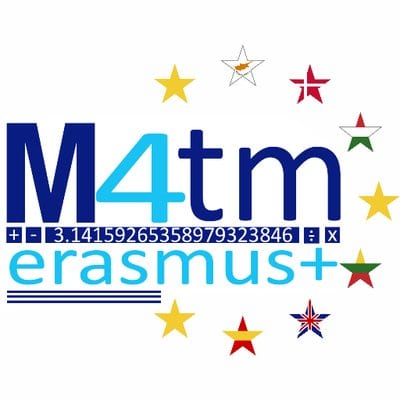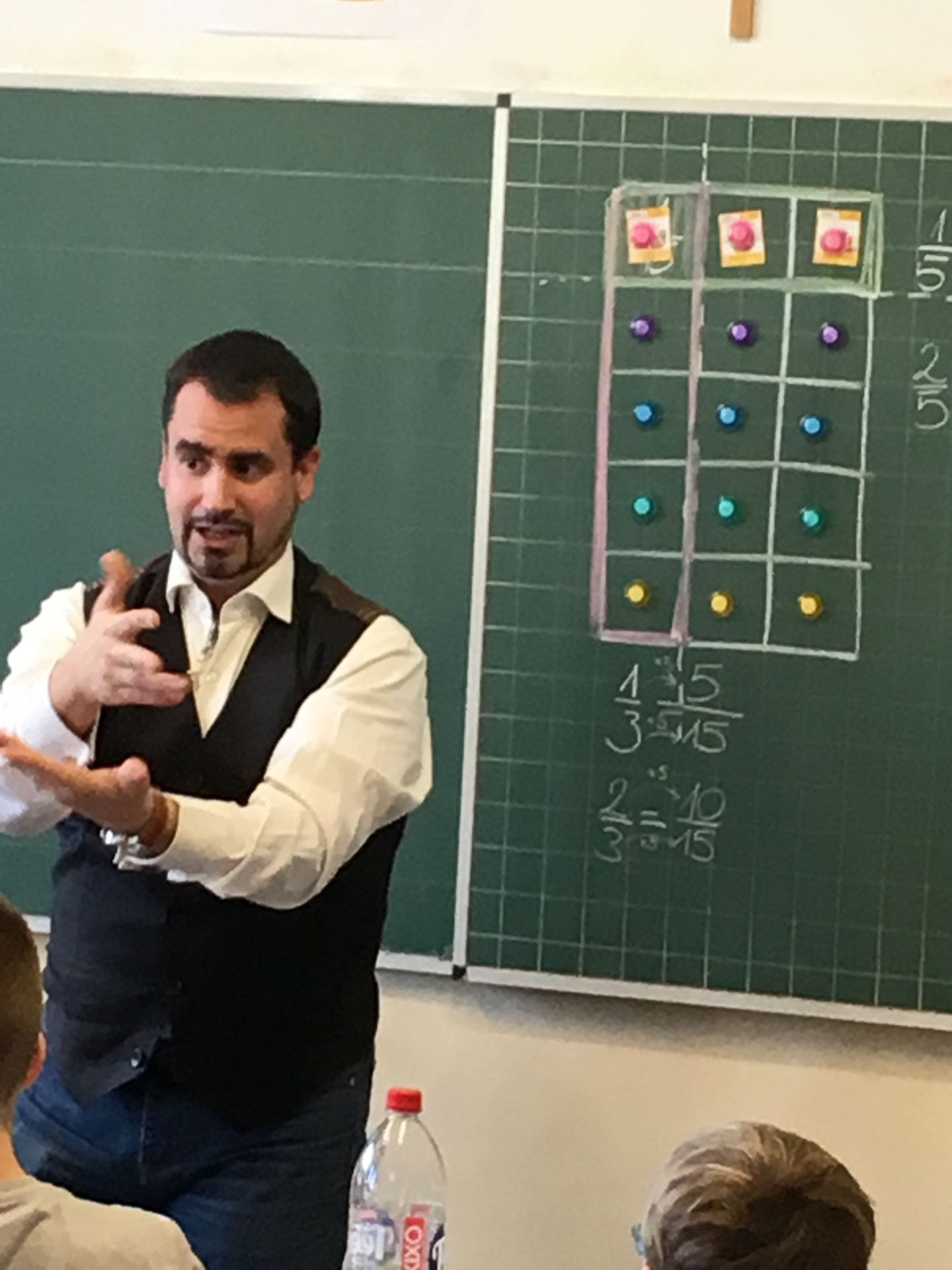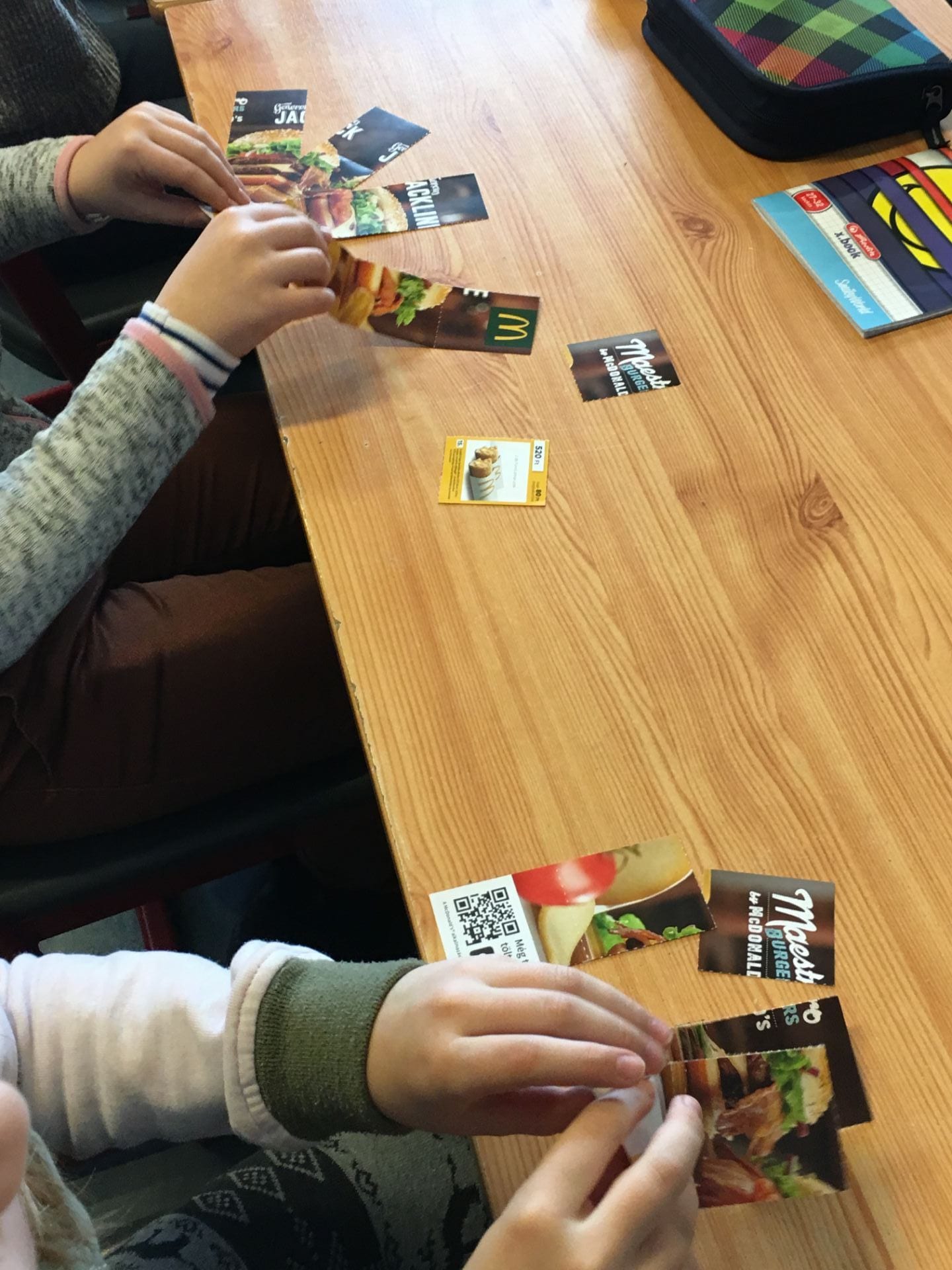On arrival in Budapest it did not take long to identify the key themes threaded through the Hungarian school that we visited, clearly inspired by the European teacher training event that had taken place at Marjon in October. All of the teachers that we saw in practice had linked their teaching to the project, clearly promoting connections in maths through the use of visual support, including visible resources and pictures or diagrams. They were able to explicitly show the connection between the practical elements of maths and how they can provide the opportunity for children to focus on where maths appears within real life.
One lesson in particular (as pictured) demonstrated how children are able to develop their thinking in maths if their teacher provides a multitude of ways to visualise something. McDonalds vouchers provided a perfect way to illustrate how fractions can be understood and children were proactive in practically finding the answers to more complex calculations. This was reiterated by a pictoral version, seen on the board, which children accessed as a point of reference to extend their knowledge of the concept.
The teacher fluidly moved between the physical resources and the visual on the board which appealed to all of the children’s varying learning styles. During the meetings it was great to hear all partners speak of the renewed enthusiasm that their teacher’s felt after meeting in England and everyone thoroughly enjoyed sharing the ways that they have adapted the practise in their schools as a result of this. Thank you to all countries for their contributions during this transnational meeting and a special thanks to our Hungarian hosts for their warmth, hospitality and generosity!


